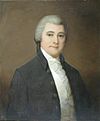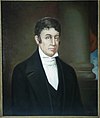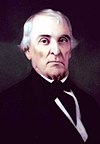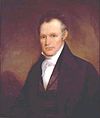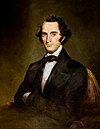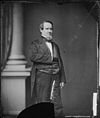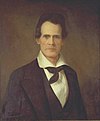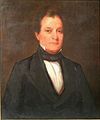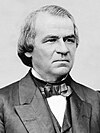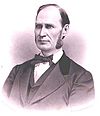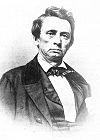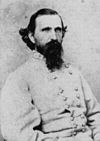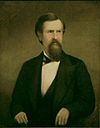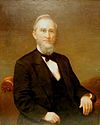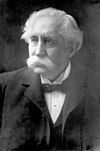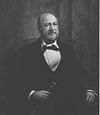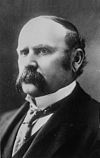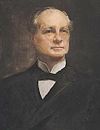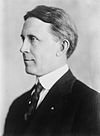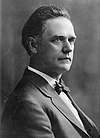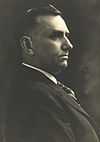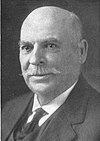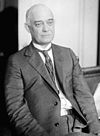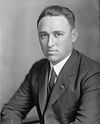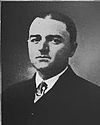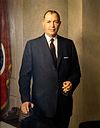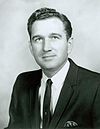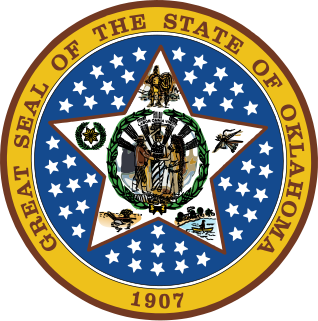It has been requested that the title of this article be changed to List of governors of Tennessee . Please see the relevant discussion on the discussion page. The page should not be moved unless the discussion is closed; summarizing the consensus achieved in support of the move. |
This is a list of people who have served as Governor of Tennessee.

The Governor of Tennessee is the head of government of the U.S. state of Tennessee. The governor is the only official in Tennessee state government who is directly elected by the voters of the entire state.
Contents
- Southwest Territory
- State of Tennessee
- Other high offices held by governors
- Living former Governors of Tennessee
- References
- External links
The governor's term in office is limited by the Tennessee state constitution. The first constitution, enacted in 1796, set a term of two years for the governor and provided that no person could serve as governor for more than six years in any eight-year period. [1] The term of office was lengthened to four years, without the possibility of consecutive terms, by constitutional amendments adopted in 1953. [2] Under the current provisions of the state constitution, as amended in 1978, the governor is elected to a four-year term and may serve no more than two terms consecutively. [2] [3] For a period of nearly five decades in the 20th century, the Tennessee Democratic Party held the Tennessee governorship continuously.

The Tennessee Democratic Party is the branch of the US Democratic Party in Tennessee. It was founded in 1826. TDP traces its roots to President Andrew Jackson's populist philosophy that government should belong to the "common man". In the 1960s, the Democratic Party in the South turned away from its post-Civil War support of the Jim Crow system and toward civil rights for all. In the twenty-first century it asserts that government should be run by and for citizens of every race, age, gender, religion and condition.
Tennessee has had 50 governors, including the incumbent, Bill Lee. [4] This tally does not include William Blount (the territorial governor) or Robert L. Caruthers (who never took office), though the Blue Book includes them in its list of governors. [5] All governors are counted only once, regardless of number of terms served (e.g., John Sevier is considered the 1st governor, rather than the 1st and 3rd governor). The Blue Book does not include Edward H. East in its list of governors.

William Byron Lee is an American businessman and politician serving as the 50th Governor of Tennessee since 2019.

William Blount was an American statesman and land speculator, and a signer of the United States Constitution. He was a member of the North Carolina delegation at the Constitutional Convention of 1787, and led efforts in North Carolina to ratify the Constitution in 1789. He subsequently served as the only governor of the Southwest Territory and played a leading role in helping the territory gain admission to the Union as the State of Tennessee. He was selected as one of Tennessee's initial U.S. senators in 1796.

Robert Looney Caruthers was an American judge, politician, and professor. He helped establish Cumberland University in 1842, serving as the first president of its Board of Trustees, and was a cofounder of the Cumberland School of Law, one of the oldest law schools in the South. He served as a Tennessee state attorney general in the late 1820s and early 1830s, and was a justice of the Tennessee Supreme Court in the 1850s and early 1860s. He also served one term in the United States House of Representatives (1841–1843). In 1863, he was elected Governor of Tennessee by the state's Confederates, but never took office.

